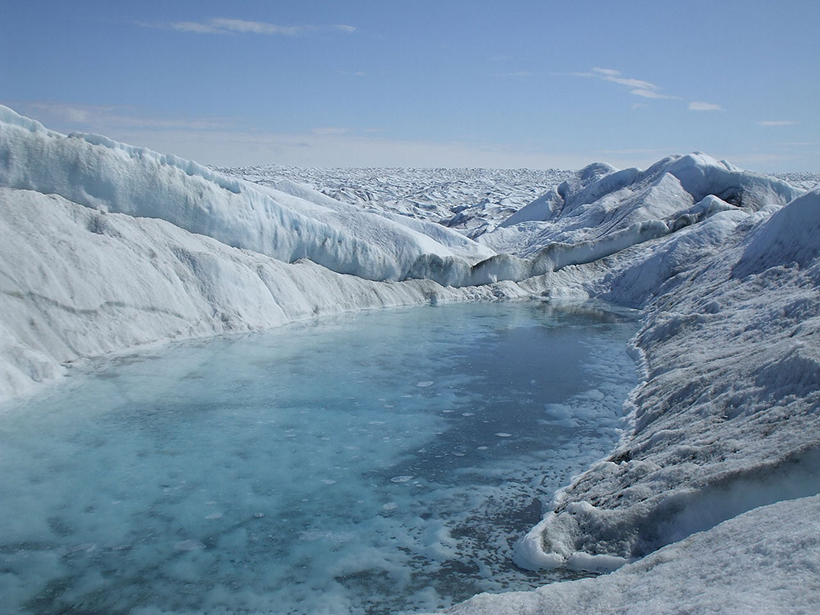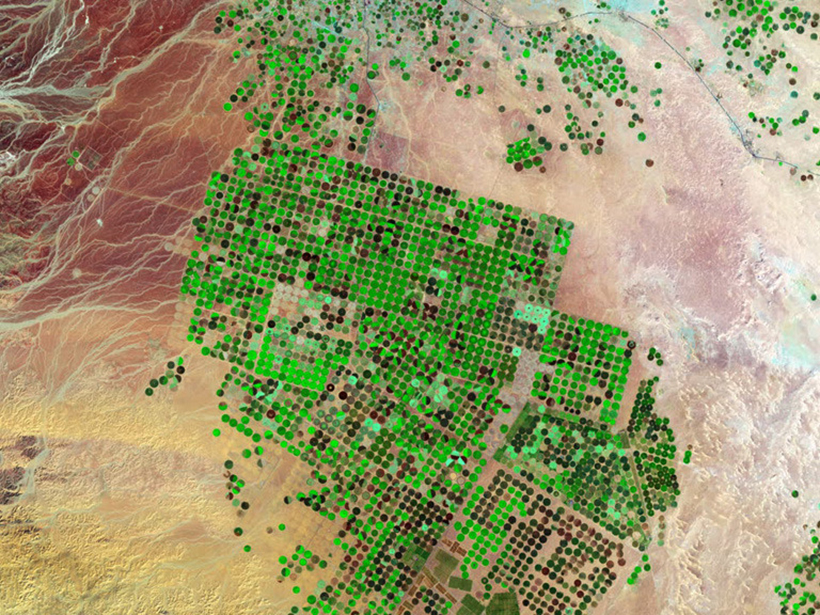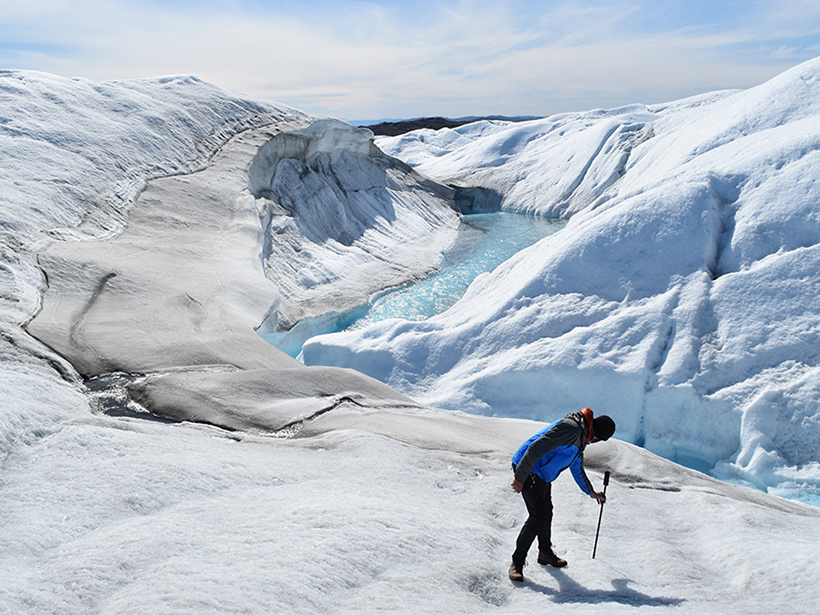The European Tipping Points in the Earth System project is a multidisciplinary effort to clarify and explain the dynamics and thresholds of climate change tipping points.
CC BY-NC-ND 2019
AGU Honored with the First Clean Energy DC Award
AGU aspires to lead by demonstrating that a building on a tight urban footprint can operate on a net-zero energy basis while providing a productive and healthy place to work and meet.
Plastic Fragments Found for the First Time on a Glacier
The discovery, made in the Italian Alps, confirms the ubiquity of plastic pollution worldwide.
Solar Flares Increase Radiation Risk on Commercial Aircraft
A new study quantifies how space weather may affect polar transcontinental flight.
Distinguishing Pacific and Atlantic Contributions to the Arctic
A semi-conservative tracer combining nitrate and dissolved oxygen is more accurate than traditional tracers in distinguishing between Atlantic and Pacific water mass contributions to the Arctic.
Looking for Climate Solutions Down in the Dirt
Geoengineering is more than orbiting mirrors and stratospheric aerosols. Innovative modeling considers the impact of no-till farming and radical irrigation.
Mapping Ice Algal Blooms from Space
Satellite data reveal how colorful algae are melting the Greenland ice sheet.
If Precipitation Extremes Are Increasing, Why Aren’t Floods?
Improving our understanding of the relationship between changes in precipitation and flooding due to rising temperature is a new grand challenge for the scientific community, argue the authors of a recent commentary.
Atmospheric Gravity Wave Science in the Polar Regions
A joint special issue explores the potential of collaboration to help understand atmospheric gravity waves in the Polar Regions and their effect on global circulation.
How the Moon Got Its Concentric Rings
A new study explores the origins of massive, multiringed lunar craters.










